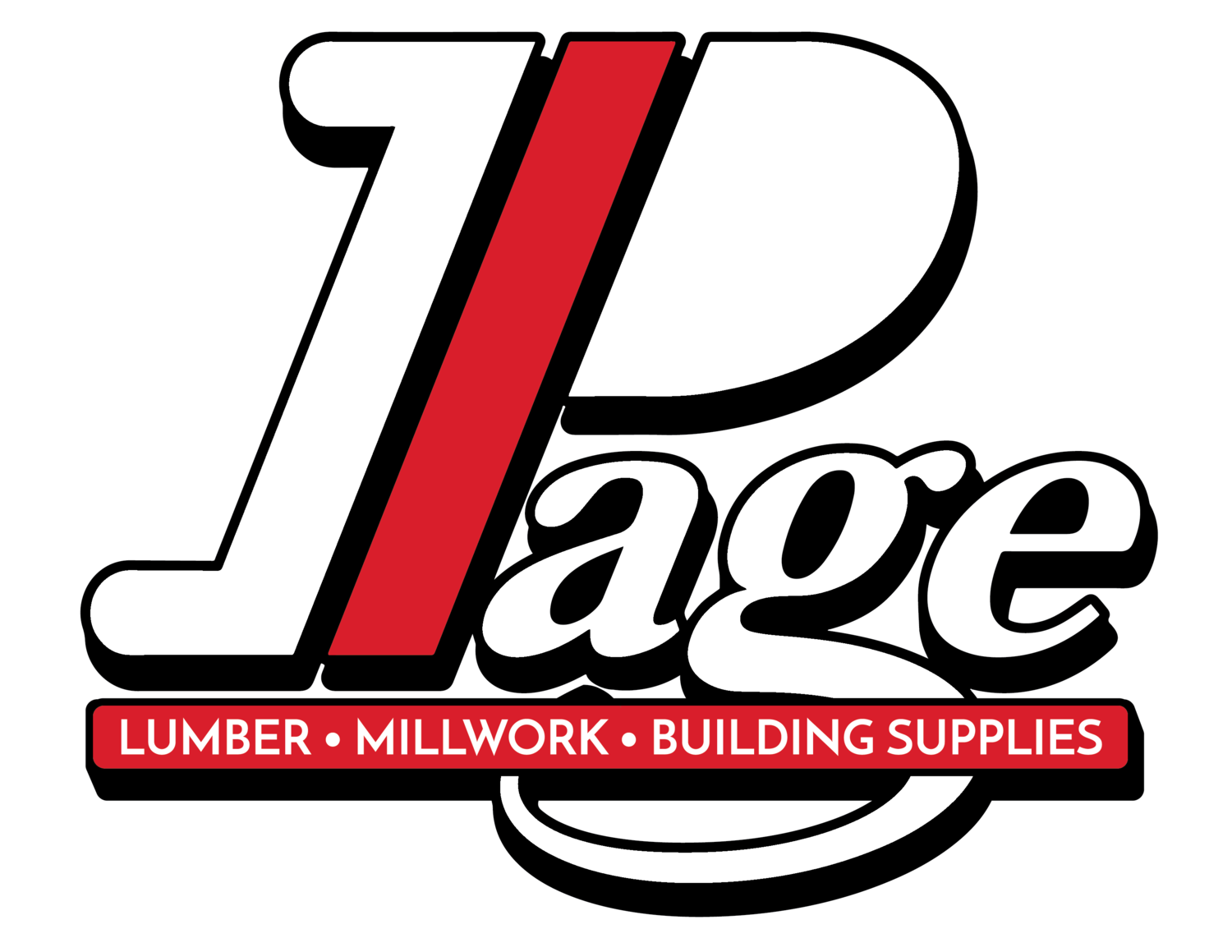How to Choose the Right Lumber Grade for Your Project
Selecting the correct lumber grade is not just a matter of aesthetics—it's about ensuring structural integrity, durability, and cost efficiency. Whether you're constructing a high-rise building, crafting custom furniture, or working on a home renovation, the quality of your lumber directly impacts the success of your project. With a variety of grading systems and classifications available, understanding lumber grades will help you make informed choices, optimize costs, and minimize material waste. In this guide, we’ll break down the key lumber grading systems, their applications, and how to select the right grade for your specific needs.
Understanding Lumber Grading Systems
Lumber is graded based on its quality, structural integrity, and appearance. In North America, several grading systems exist, but for our location, the Northeastern Lumber Manufacturers Association (NELMA) is most relevant. NELMA is responsible for grading softwood lumber from the Northeast and Great Lakes regions, making it a key reference for contractors and builders in this area.
NELMA (Northeastern Lumber Manufacturers Association): Primarily grades Eastern White Pine and Spruce-Pine-Fir (SPF), commonly used for construction and millwork.
Hardwood Lumber Grades (NHLA - National Hardwood Lumber Association): Primarily used in furniture, cabinetry, and flooring.
Each system categorizes lumber based on defects, grain patterns, strength, and usability, allowing buyers to select wood suited for their specific needs.
Softwood Lumber Grades and Their Applications
Softwood is commonly used for structural applications, and its grading system is categorized into two primary types: Structural Lumber Grades and Appearance Lumber Grades.
1. Structural Lumber Grades (NELMA Softwood Grading System)
Select Structural: The highest strength category with minimal defects—ideal for critical load-bearing structures such as beams and trusses.
No. 1 & No. 2: High-quality lumber with small, tight knots; commonly used in residential and commercial framing where durability is required.
No. 3 (Utility Grade): Contains larger knots and defects but remains suitable for non-load-bearing applications such as fencing and sheathing.
Standard & Industrial Grades: Used for less critical structural components where appearance is not a concern.
2. Appearance Lumber Grades (NELMA Eastern White Pine Grading)
C Select & D Select: Nearly clear wood with minimal blemishes—perfect for premium interior trim, cabinetry, and fine woodworking.
Premium & Standard Grades: Features minor knots and natural wood character, commonly used for interior paneling and decorative purposes.
Industrial & Economy Grades: Contains more knots and defects, suitable for rough carpentry and industrial applications.
Hardwood Lumber Grades and Their Applications
Hardwood lumber is graded primarily for its usability in furniture, cabinetry, and flooring. The National Hardwood Lumber Association (NHLA) classifies hardwood grades as follows:
FAS (First and Second): The highest-quality grade with minimal defects—used for fine furniture, cabinetry, and architectural millwork.
Select & Better: Slightly more defects than FAS, but still ideal for high-end applications where appearance is a priority.
No. 1 Common: A balanced option offering affordability with some natural imperfections, commonly used in flooring and millwork.
No. 2 Common: Features more knots and character marks, making it ideal for rustic-style furniture, industrial projects, and budget-conscious buyers.
Key Considerations When Choosing a Lumber Grade
Selecting the right lumber grade goes beyond just appearance—it impacts performance, longevity, and overall project success. Here’s what to keep in mind:
Project Type: Load-bearing structures require high-strength softwood, while fine woodworking benefits from select hardwood grades.
Budget Constraints: Higher grades come at a premium, so balance cost with required quality.
Aesthetic Appeal: For exposed applications, opt for clear, defect-free wood like FAS hardwood or NELMA C Select softwood.
Structural Strength: Ensure that framing and construction projects use appropriately graded lumber for safety and durability.
Sustainability: Choose FSC-certified or NELMA-certified lumber to support responsible forestry and environmental conservation.
Choosing the right lumber grade is a critical step in ensuring your project's success, whether it involves structural framing, custom woodworking, or interior design. Understanding grading systems and their applications allows you to make informed choices that balance quality, cost, and durability. Before making a purchase, assess your project needs, compare grading classifications, and consult with industry professionals.
Not sure which lumber grade best suits your project? Page Lumber offers expert guidance and premium-quality materials to help you achieve outstanding results. Visit our showroom or contact us today to find the perfect lumber for your next build!

